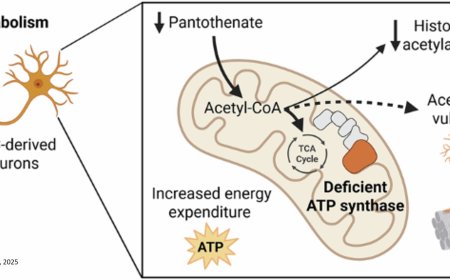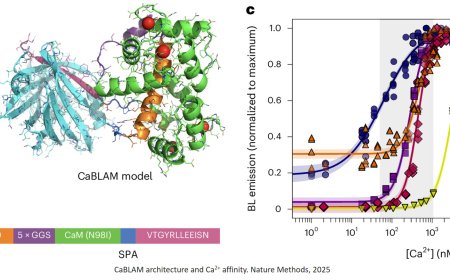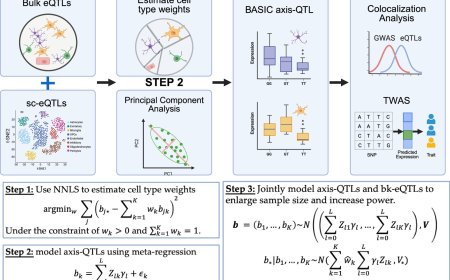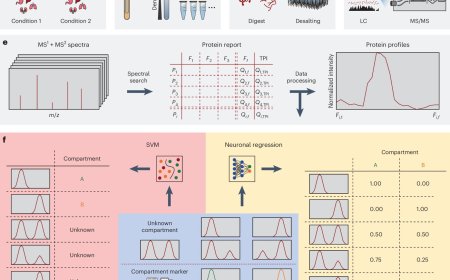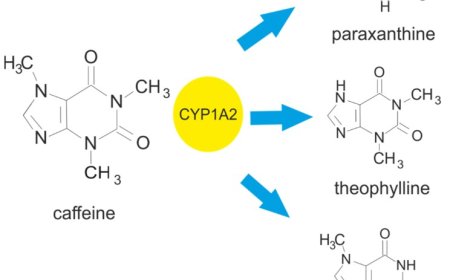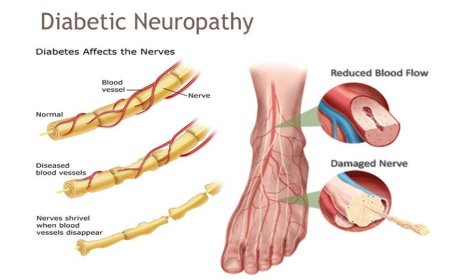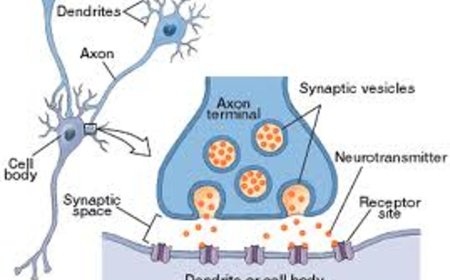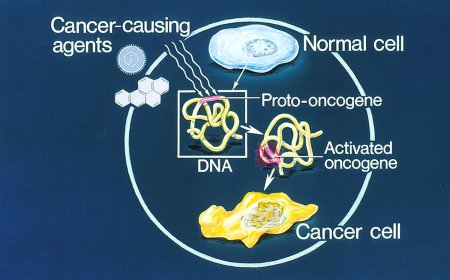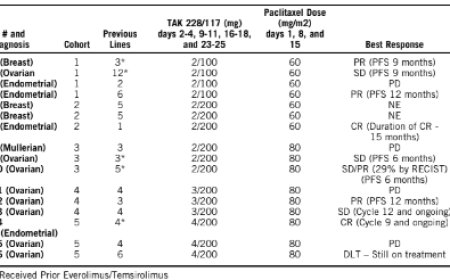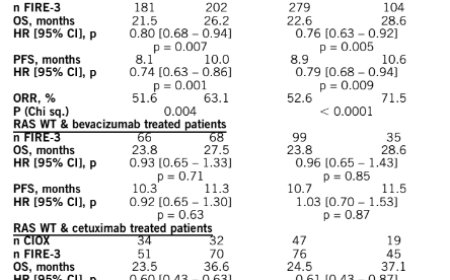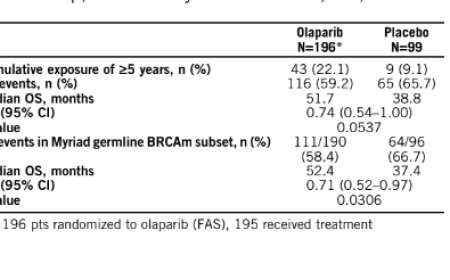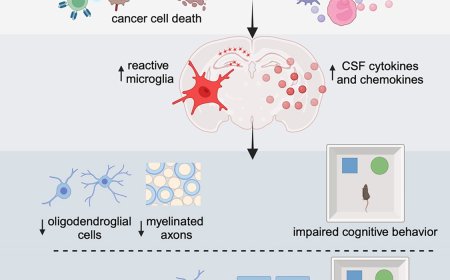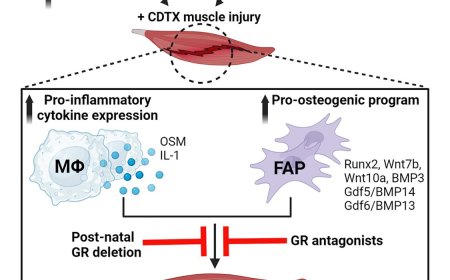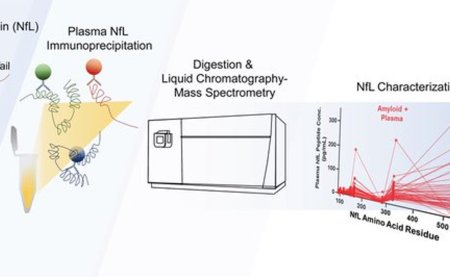Chloride and metabolite channels in signaling and volume regulation
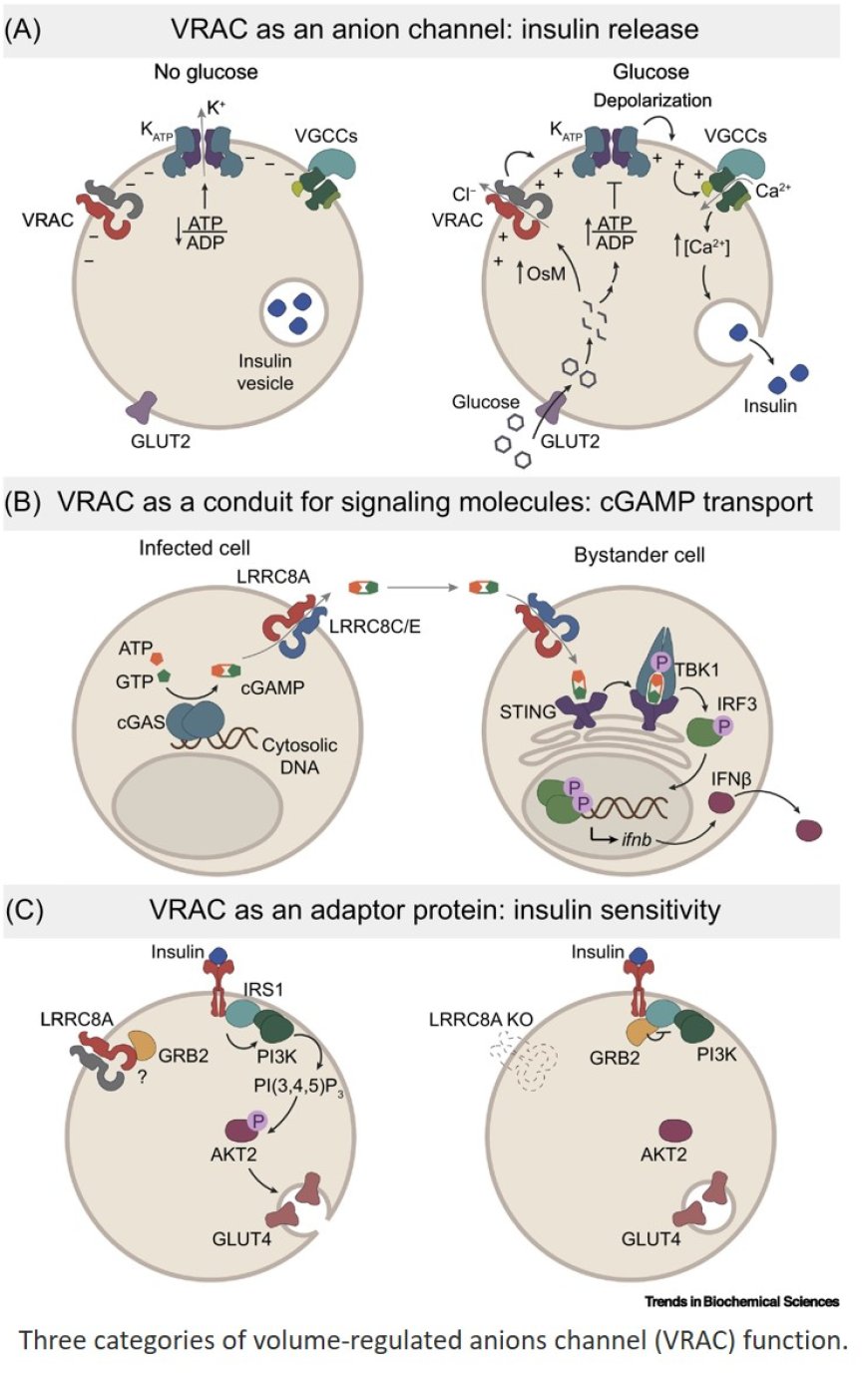
Volume-regulated anion channels (VRACs) are a diverse group of hexameric large pore channels formed by the essential subunit LRRC8A and at least one other LRRC8 homolog (LRRC8B–E).
VRACs conduct both inorganic anions and organic molecules, with substrate specificity being determined by the LRRC8 subunit composition.
VRACs release Cl− and organic osmolytes in response to hypotonicity induced cell swelling, resulting in water efflux and cell volume decrease.
VRACs play key roles in cellular signaling by releasing and taking up molecules such as ATP, cGAMP, glutamate, GABA, and other neurotransmitters.
VRACs are involved in many (patho) physiological processes, including immune responses, apoptosis, insulin secretion and sensitivity, and ischemic stroke.
Complete loss of VRAC function is lethal, whereas activating mutations in LRRC8C cause a severe developmental disorder.
https://www.cell.com/trends/biochemical-sciences/fulltext/S0968-0004(25)00164-1
https://sciencemission.com/chloride-and-metabolite-channels-in-signaling
